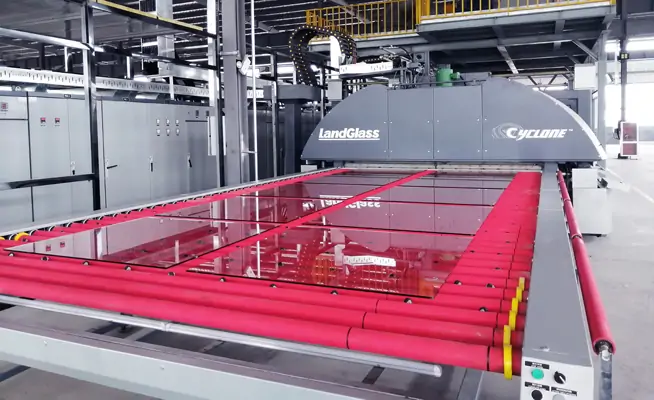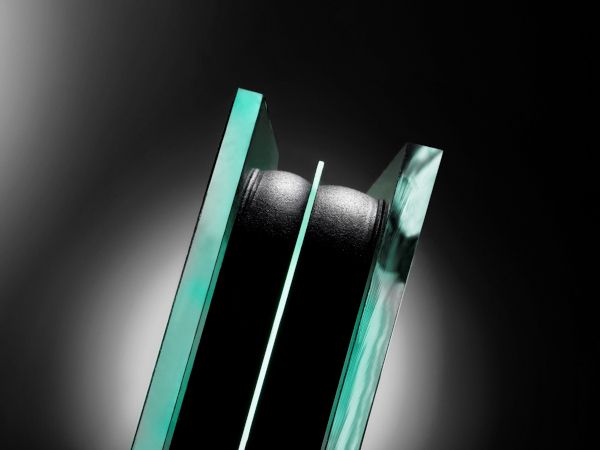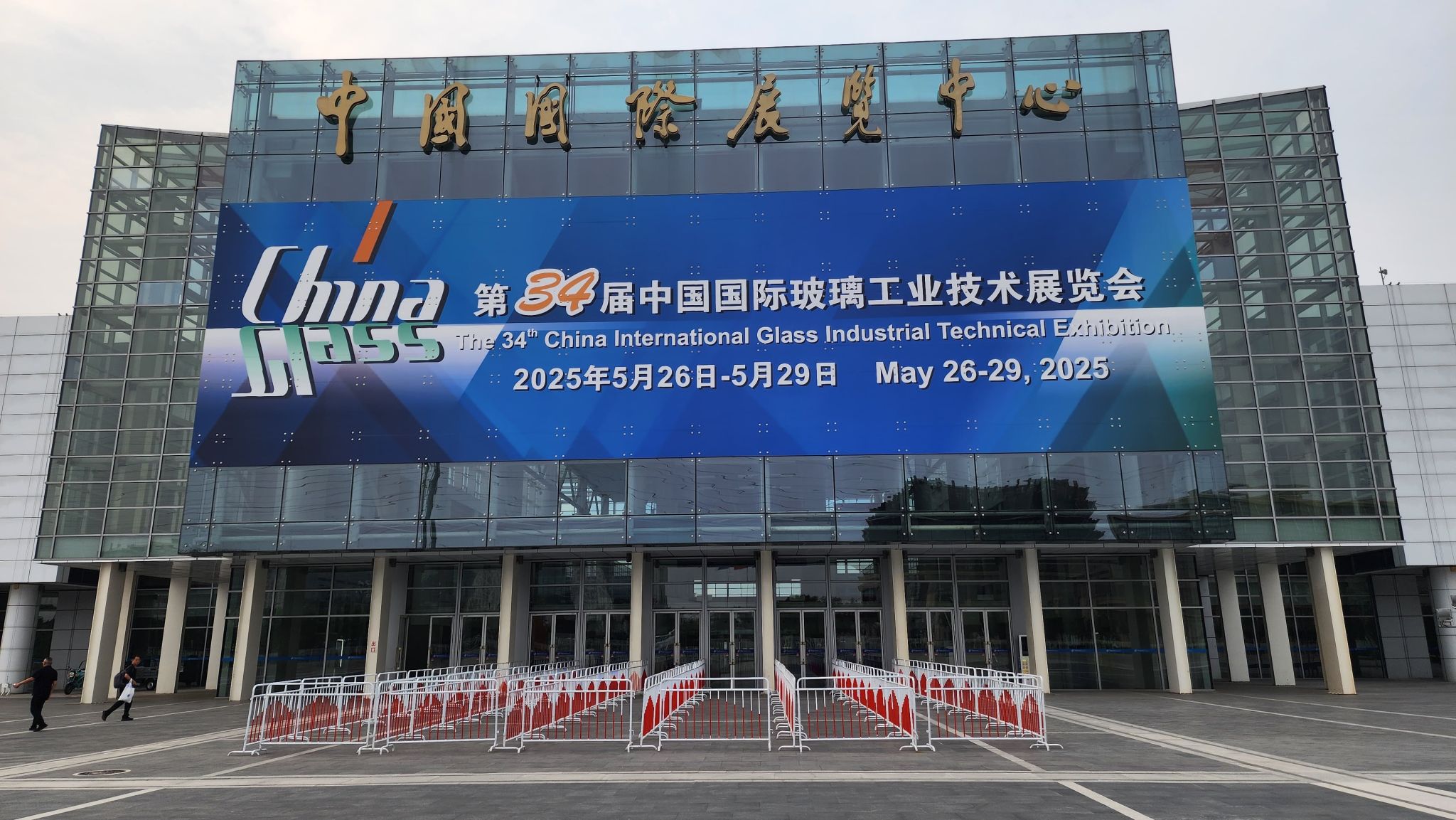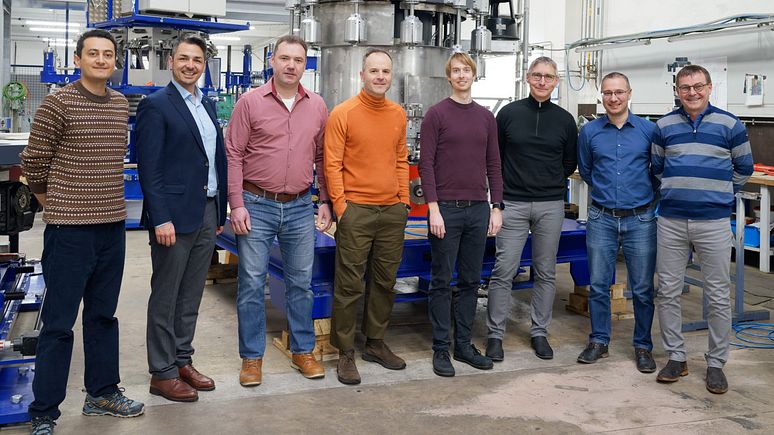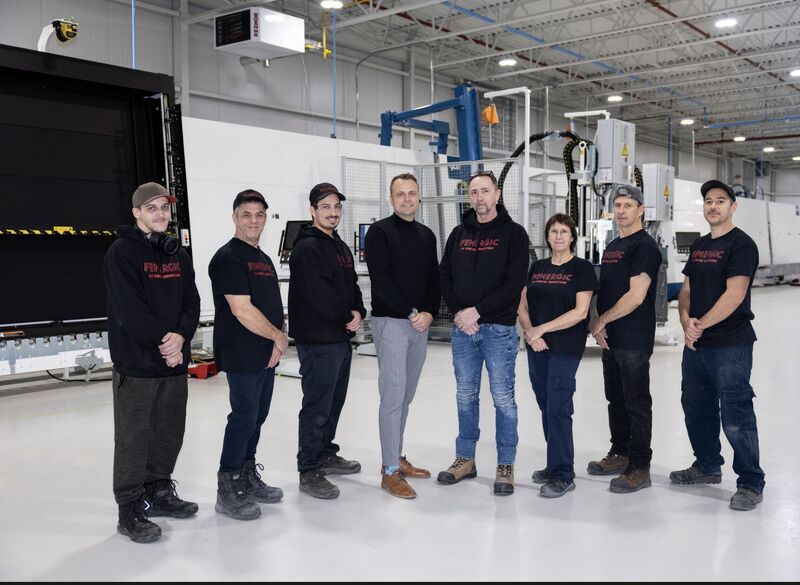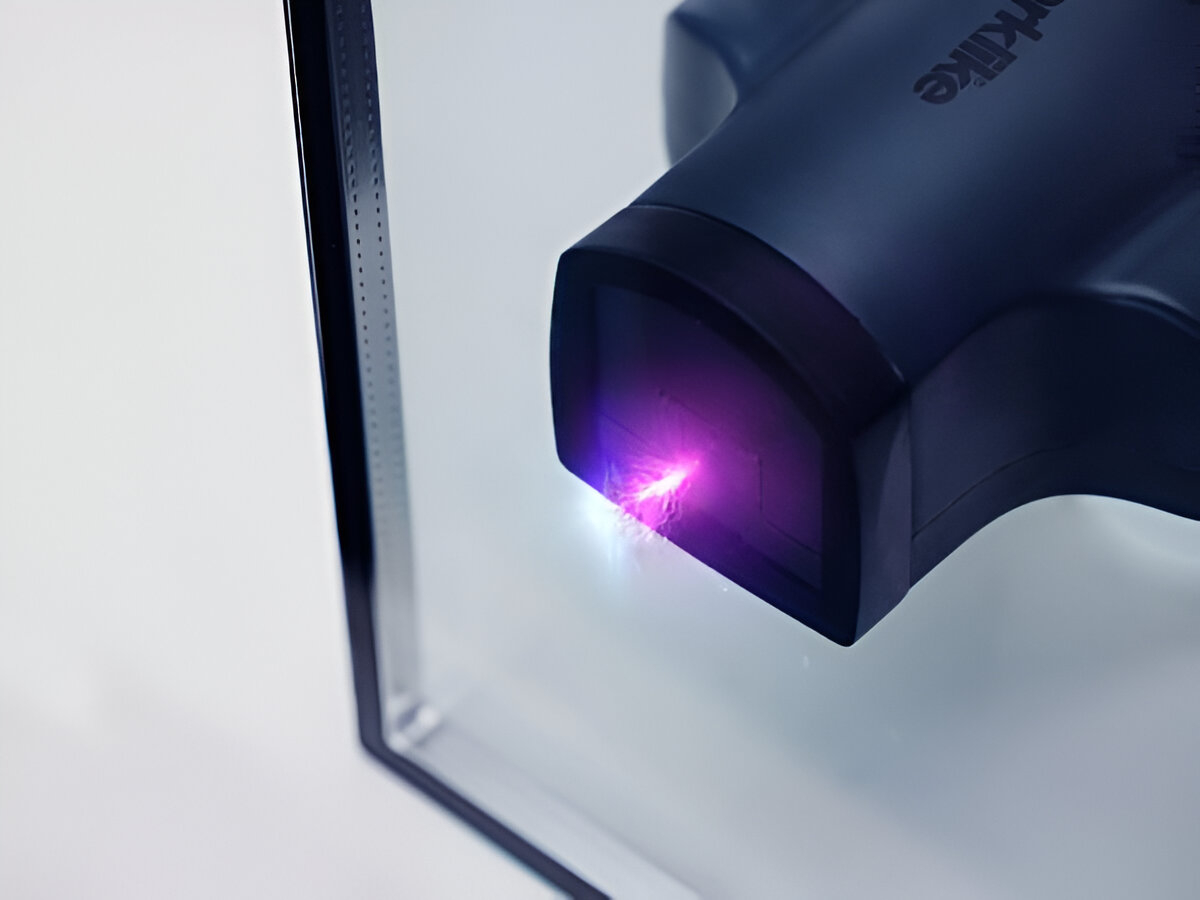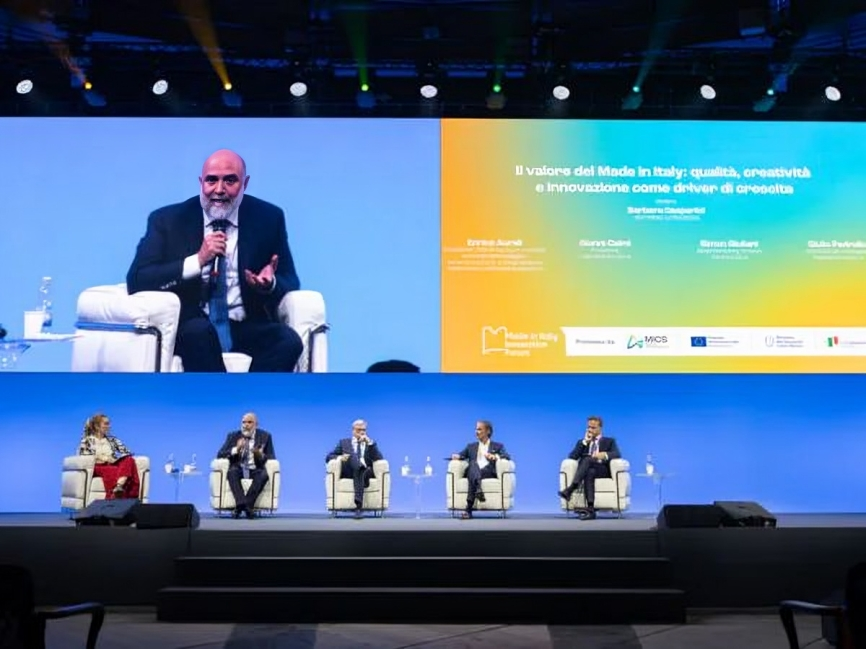Tempered glass boasts superior strength and safety features, making it a staple in modern construction and various industries.
However, achieving consistent quality, particularly in terms of flatness, presents a constant challenge for manufacturers. Even minor deviations can impact aesthetics, performance, and ultimately, customer satisfaction. While seemingly insignificant, these deformations often stem from subtle imbalances within the temperature control systems of the tempering furnace.
Understanding the interplay between the heating and cooling stages is crucial in combating this issue. Let’s delve into how each phase contributes to the final flatness of the glass:
The Heating Stage: Laying the Foundation for Flatness (or Lack Thereof)
While uneven heating may not always result in immediately observable deformation, it plays a critical role in the overall flatness. The principle here is that inconsistent heating creates internal stresses within the glass, which can later manifest as subtle variations in flatness.
If you’re observing inconsistent, gradually changing deformation patterns in your tempered glass, the heating stage is a prime suspect. Careful examination of the furnace temperature settings is paramount. Consider:
- Are the temperature settings appropriate for the glass thickness and type being processed?
- Are there any localized hotspots or significant temperature differentials within the heating zones?
Crucially, remember the delayed effect of temperature adjustments. Implementing changes without monitoring trends throughout continuous production can lead to misjudgments and unnecessary adjustments, compounding the problem. Patience and consistent monitoring are key.
The Cooling Stage: Fine-Tuning the Final Form
In contrast to the heating stage, inconsistencies during cooling are more likely to produce consistent and repeatable deformation patterns. This typically arises from uneven cooling between the upper and lower surfaces of the glass.
Here, the solution often lies in adjusting the balance of air pressure and airflow from the upper and lower blowers. By manipulating the cooling airflow ratio, manufacturers can directly influence the cooling rate of each surface and correct existing deformation.
The impact of cooling airflow adjustments is often immediate and significant. Therefore, if you observe recurring or patterned deformation, the cooling system should be your first point of investigation.
A Holistic Approach to Flatness
Achieving optimal flatness in tempered glass requires meticulous control and precise coordination across both the heating and cooling stages. Continuously monitoring deformation trends, proactively optimizing furnace temperatures, and fine-tuning the cooling system are essential for maintaining consistent quality and maximizing customer satisfaction.
By understanding the nuances of each stage and employing advanced control technologies, manufacturers can significantly reduce instances of deformation and ensure a consistently high-quality product. At LandGlass, we are committed to providing our customers with the expertise and solutions needed to master these challenges, delivering stable, high-performance tempered glass for a variety of applications.
Source: LandGlass with additional information added by GlassBalkan
